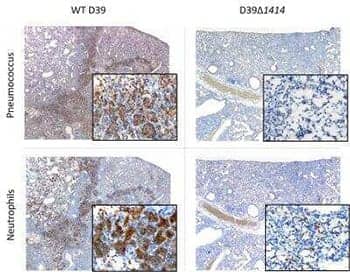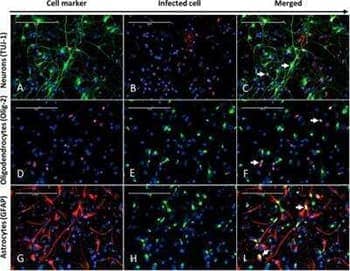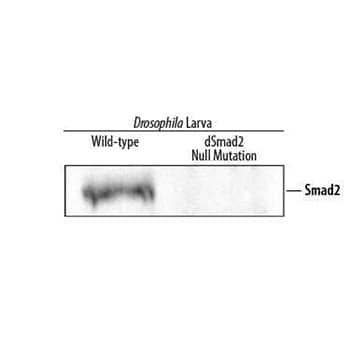By Jamshed Arslan, Pharm D, PhD
Infectious diseases remain a significant global health challenge. They underscore an intricate game of cat and mouse between the pathogen and host, revealing interactions that can only be properly deciphered through the application of suitable biological models.1 Animal models, being the critical players in this pursuit, serve as the magnifying glass enabling us to delve into the microscopic world of host-pathogen interactions.
In the Heart of the Labyrinth: Mouse Models in the Spotlight
Mouse models have long been the linchpin of infectious disease research, primarily due to their genetic malleability and striking physiological similarities to humans. The use of these models has been paramount for understanding how pathogens cause disease, defining the role of specific host genes in disease development, and identifying potential targets for prevention or treatment of a variety of infectious agents.1 Diverse mouse strains, ranging from inbred to gene knockout and even humanized mice, offer an invaluable canvas for exploring a wide spectrum of infectious diseases.

Histopathological analysis of lung sections collected at 24 hr post-bacterial infection from mice co-infected with mouse-adapted Influenza A and Type 2 Pneumococcal strain D39 variants. Lung sections underwent IHC analysis for pneumococcus using Rabbit Anti-Streptococcus pneumoniae Polyclonal Antibody (Catalog # NB100-64502) or neutrophils using Rat Anti-Ly-6G/Ly-6C Monoclonal Antibody (Catalog # NB600-1387). Representative images taken at 4x magnification with 60x magnification insets. Images courtesy of Dr Amanda P. Smith, UTHSC, TN (https://www.biorxiv.org/content/10.1101/659557v2).
Beyond the Beaten Path: The Rise of Unconventional Animal Models
While mice have dominated the field of infectious disease research, there has been an increasing trend in the utilization of more unconventional animal models. This shift has been driven by advancements in genetic manipulation, allowing researchers to modify both the host and pathogen as needed throughout the course of the studies. Examples of such models include non-human primates, Guinea pigs, ducks, chickens, Drosophila melanogaster (fruit fly), zebrafish, and mosquitoes, each offering unique perspectives on host-pathogen interactions. For instance, zebrafish embryos are gaining popularity for unravelling disease pathogenesis, particularly related to human bacterial infections.2

Immunofluorescent analysis of Newcastle Disease Virus antibody expression and cell markers in infected chicken neural cells. Representative images of chicken neural cells infected with Newcastle Disease Virus (NDV) TxGB strain at 12 hours post-infection. The 1st column is staining for respective cell markers (neurons: TUJ-1, oligodendrocytes: Olig2, astrocytes: GFAP). The 2nd column is staining with Mouse Anti-NVD Monoclonal Antibody (Catalog # NBP2-11633) for NVD expression. The 3rd is a merge of the first two columns. Double immunofluorescent signal from cell markers and NDV expression is indicated by white arrows. In all images nuclei were stained with DAPI (pseudo-colored blue). Image collected and cropped by CiteAb from the following publication (https://bmcvetres.biomedcentral.com/articles/10.1186/s12917-019-2053-z) licensed under a CC-BY license.
In Pursuit of Cure: Towards Treatment Development and Vaccine Discovery
The central role of animal models extends well beyond disease comprehension to the crucial spheres of vaccine discovery and treatment development. Animal models, particularly murine, have proven instrumental in designing strategies with drugs and vaccines at a preclinical level. They have made substantial contributions to understanding the pharmacokinetics and pharmacodynamics of antimicrobial drugs, informing optimal drug exposures that can be translated from the model to humans.3
Moreover, these models have been pivotal in uncovering novel therapeutic avenues. A well-designed animal model, selected based on its biological relevance to the human disease, can contribute to creating translatable scientific data, facilitating the development of effective therapies and interventions.4

Detection of Drosophila Smad2 by Western Blot. Western blot analysis of wild-type and Smad2 null mutation Drosophila larval extracts probed with Sheep Anti-Drosophila Smad2 Polyclonal Antibody (Catalog # AF7948) followed by Anti-Sheep IgG Secondary Antibody. A specific band was detected for Smad2 in the wild-type extracts at approximately 58 kDa, but not mutant extracts. Image courtesy of Dr Aidan Peterson and Dr Michael O'Connor, Department of Genetics, Cell Biology, and Development, University of Minnesota, Minneapolis, Minnesota, USA.
A Necessary Trade-off: Ethical Considerations
The immense utility of animal models, however, comes with an ethical price tag. Guidelines like the 3R principles (reduce, refine, replace) proposed by Russell & Burch, provide a roadmap for researchers to minimize the number of animals used, alleviate their suffering, and seek alternatives where possible.3 Emphasizing ethical and responsible use of animals in research is as significant as the research outcomes themselves.
Concluding Thoughts
In this complex journey of understanding infectious diseases, animal models serve as our compass, leading us towards answers and solutions. These models, traditional or unconventional, open windows into the intricate world of host-pathogen interactions, advancing our understanding and aiding in the discovery of treatments and vaccines. The ethical considerations surrounding their use remind us of the need to continuously seek balance between scientific advancement and animal welfare.

Jamshed Arslan, Pharm D, PhD
Dr Arslan is an Assistant Professor at Salim Habib University (formerly, Barrett Hodgson University), Pakistan. His interest lies in neuropharmacology and preparing future pharmacists.
-
Sarkar S et al. (2019) Mouse Models as Resources for Studying Infectious Diseases. Clinical Therapeutics 41:1912-1922.
-
Kamareddine L (2021) Unconventional Animal Models in Infectious Disease Research Frontiers in Cellular and Infection Microbiology
-
Gyssens IC (2019) Animal models for research in human infectious diseases. CMI editorial policy Clinical Microbiology and Infection 25:649-650.
-
Swearengen JR (2018) Choosing the right animal model for infectious disease research Animal Models and Experimental Medicine 1:100-108.